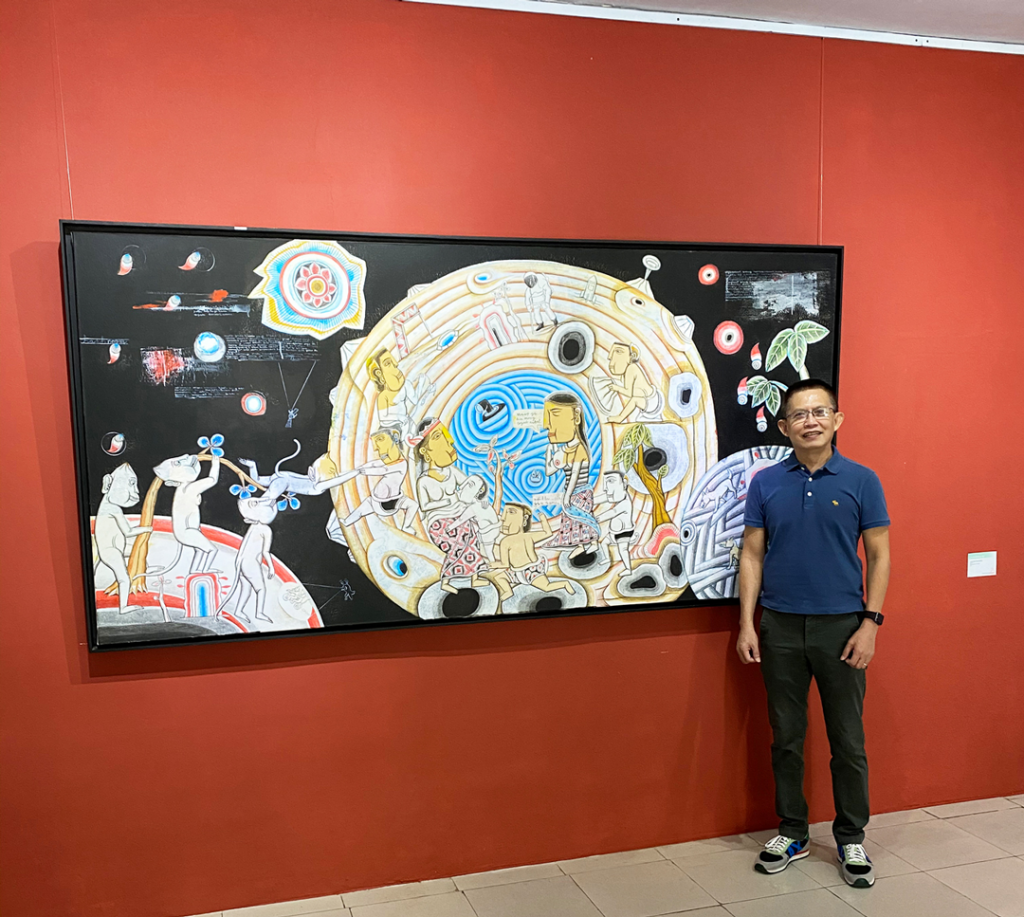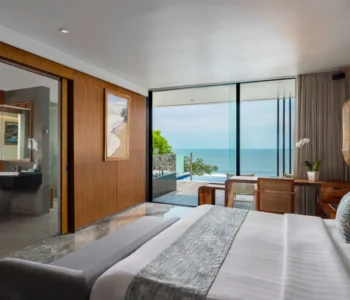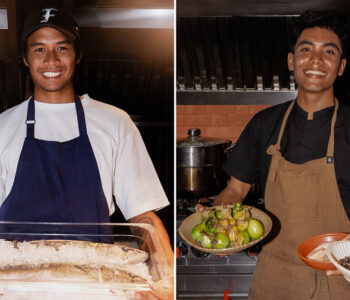Agent of change, entrepreneur and Balinese art expert Soemantri Widagdo has over the past two decades had a significant influence upon the Bali art world. Volunteer curator and international liaison officer at Ubud’s Museum PuriLukisan for twenty years, following this, in 2016 he established Yayasan TiTian Bali (TiTian Bali Foundation) in Ubud.
A not for profit artist incubator, discovering and nurturing Balinese artists, TiTian (meaning bridge, or stepping stone in Balinese) has a revolutionary vision and mission. Its goal is to transform young emerging talent into art entrepreneurs for the 21st century creative economy. Through its program of exhibitions, book launches, workshops and the TiTian Prize honouring art innovation, the foundation has captured the attention of the Indonesian art world. Its premise is to connect the creators, the artists, directly with the end-users, the buyers. The results thus far have proved beyond expectations, with strong sales of traditional and contemporary art to national and international collectors and institutions in Europe.

At the forefront of the recent digital transformation sweeping Bali due to the global lockdown restrictions, TiTian, through the determination of its local board of directors, has introduced two new programs, online exhibitions and art education for children.
RH:What have been the objectives of TiTian’s recent digital programs, and why?
SW: During lockdown restrictions,TiTian intents to support our artists and to maintain contacts with our network of supporters. It is more important than ever to help the basic necessities of our artists.
We introduced our program of art news for children ‘BelajarSeni di Rumah’ to keep them creatively engaged while the schools are closed. The program presents the life and artworks of world-renown artists. We emphasise the life of these artists as it provides lessons on their mindset and modes of living during their journey as an artist. It is an integral part of their character building, and this is what we wish to express to the children.
The online exhibition platform has been one of TiTian’s dreams from the start. Our first exhibition featured sculptures by Ida BagusPuniaAtmaja, where 50% of the proceeds were donated to COVID-19 solidarity initiatives. We presented his unusual figurative works because we wanted to support both the artist and the community during this unfamiliar time. In our most recent exhibition ‘Faces’ we chose to do something unconventional. We allowed the opportunity of a solo exhibition of works to an unknown thirteen-year-old painter Wayan Dandy Permana. We did this to highlight the capability and capacity of this young talent to a broader audience.
In addition to our traditional website, we are using social media platforms Instagram and Facebook as tools to build awareness and branding. Our continuing effort is to use digital platforms as a storytelling environment. Our concept is still evolving, and the platforms are still in their development modes.
What is your view of the art scene in Bali prior to the pandemic?
It is in survival mode, and it is unhealthy. Yet in recent years, however, new infrastructure projects have introduced more opportunities for local artists, such as the ‘Art Bali’ events at the AB BC Building in Nusa Dua. This project has been an effort to build a new art ecosystem in Bali, following the ArtJog model from Yogyakarta.
What are the barriers to a thriving art scene in Bali?
The Bali art scene is very fragmented and would benefit from collaborations between artists, groups and critical infrastructure projects and venues. There are new initiatives that start yet are all independent from one another. The future focus to build a thriving art infrastructure involves the important shift from maximising profit to sustainability, creating an environment of cooperation and collaboration, rather than competition.
Is the objective of a sustainable Bali art ecosystem realistic? And what is needed?
A sustainable ecosystem is possible, and it requires two essential aspects to provide the pathway and mutual benefits for all the stakeholders. Bali needs a non-profit co-operative with a strong vision for the future. This organisation will manage a large multi-purpose venue for events, exhibitions, art fairs, art explorations, auctionsand meetings.
The venue must be supported by a dynamic digital portal which educates the global audience about Balinese art and the art landscape. The website is an interface to the artists, art venues and infrastructure. It provides news and reports about the array of art and creative happenings throughout the island. It is a collective platform for bloggers and vloggers to upload their reviews, profiles and videos, becoming the central portal of information about the Bali art scene.
What do you think needs preserving in Bali?
In daily life, what needs to be preserved is the traditions and rituals that require many different art forms. Art in Bali is identical to life. In Balinese art it is the artists who produce many forms of art, the artistic creativity and endeavour that must be supported and preserved.
TiTian Art Space: titianartspace.com
Richard Horstman: lifeasartasia.art









